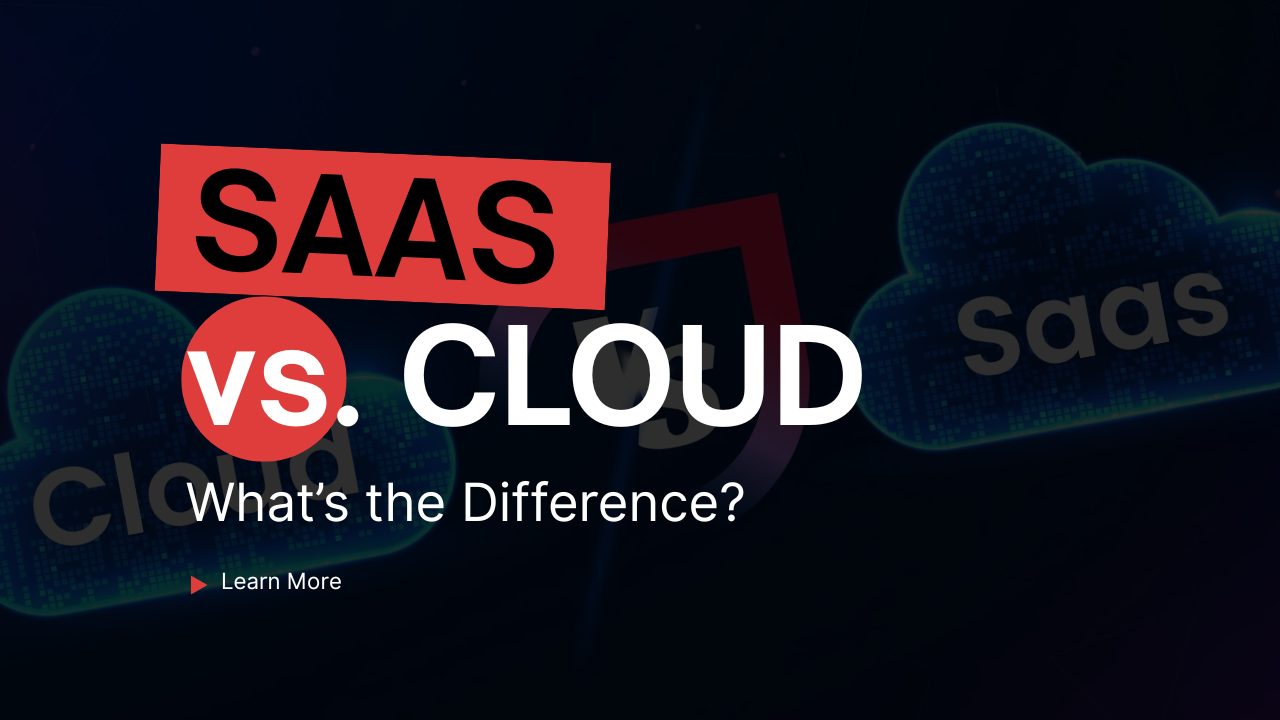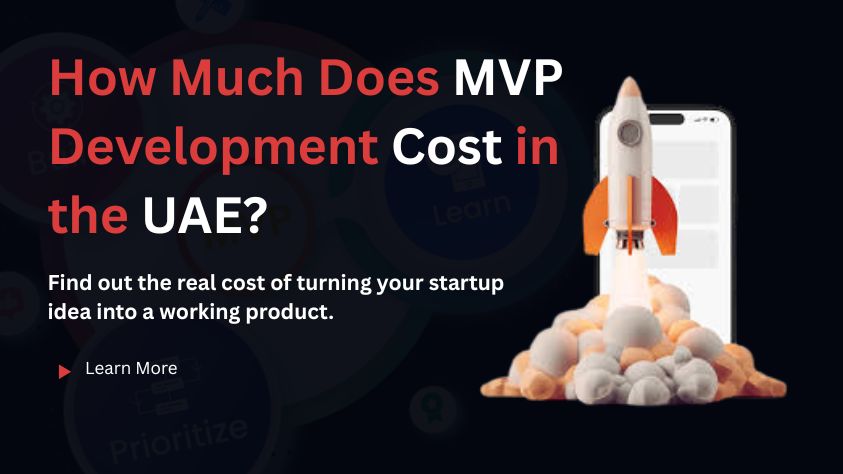Technology has revolutionized the way businesses operate, and two terms you will often hear are SaaS and cloud computing. At first, they may sound like the same thing, but they are not. Each plays a different role in how companies use and manage technology. Understanding these differences can help you make smarter choices for your business. In this article, you will learn what SaaS is, what cloud computing means, how they differ, and what these technologies can do for your business.
What Is SaaS?
SaaS stands for Software as a Service. It is a method of delivering software over the internet, rather than installing it on individual computers or servers. With SaaS, users simply log in through a web browser or app and begin using the software immediately.
Most people already use SaaS in their daily lives without realising it, think of tools like Google Drive, Zoom, or Dropbox. The software is hosted and maintained by the provider, which means you don’t have to worry about updates, storage, or technical issues.
What Is Cloud Computing?
Cloud computing is the use of the internet to access computing resources, such as storage, servers, and software, instead of relying on local machines. Instead of buying and maintaining physical hardware, businesses and individuals can rent these resources from cloud providers.
This means you can store files, run applications, or manage databases online without needing powerful computers of your own. Services like Amazon Web Services, Microsoft Azure, and Google Cloud are well-known examples of cloud computing. At its core, cloud computing makes technology more flexible, scalable, and affordable, giving users access to resources whenever and wherever they need them.
Types of Cloud-based Services
Cloud computing is not a one-size-fits-all solution. It offers a range of services that businesses can choose based on their specific needs.
This section discusses the three primary types of cloud services. Each comes with its own advantages and use cases.
Infrastructure as a Service
IaaS provides the fundamental building blocks of cloud computing, including servers, storage, and networking. Instead of buying expensive hardware, businesses rent these resources from a provider. This model is flexible, scalable, and cost-efficient, making it ideal for companies that want complete control over their IT environment without the burden of physical infrastructure.
Platform as a Service
PaaS provides businesses with a ready-to-use platform for building, testing, and deploying applications. It includes tools, frameworks, and development environments that speed up the software creation process. Developers do not have to worry about managing servers or operating systems; they can focus entirely on coding and innovation.
Software as a Service
SaaS delivers ready-made software over the internet that users can access through a browser or app. Examples include Google Workspace, Zoom, and Salesforce. With SaaS, there is no need for installation or complex management; the provider handles everything from updates to security. This makes it convenient, affordable, and widely adopted across industries.
Saas vs Cloud Computing
The difference between SaaS and cloud is simple but essential. Cloud computing is a comprehensive technology that provides online resources, including storage, servers, and platforms, enabling seamless access to these resources. SaaS is just one part of that system; it delivers ready-to-use software through the cloud. When we compare cloud computing to SaaS, cloud is the foundation, while SaaS is one of the services built on top of it.
Here are the apparent differences between the two;
- SaaS providers handle app updates, patches, and new features; cloud users are responsible for patching and maintaining any software they install unless they use managed services.
- Moving off a SaaS product can be more challenging due to proprietary data formats and workflows; however, moving cloud-hosted apps can be easier if they are designed with portable standards.
- SaaS provides a fast time-to-value because the product is prebuilt; cloud solutions, on the other hand, may require development and configuration before delivering value.
- SaaS converts capital expense into predictable operational expenses; however, the cloud can still lead to variable Operational Expenses depending on actual resource usage.
- Disaster recovery and backups are commonly included in SaaS offerings; in cloud setups, you design and control your backup and recovery strategy.
What Is SaaS Cloud Integration?
SaaS cloud integration refers to the process of connecting different SaaS applications with existing cloud systems, enabling them to work together seamlessly. Instead of using each tool in isolation, integration allows data to flow automatically between them.
For example, a business might integrate its CRM software with an email marketing tool or accounting system, allowing customer information to be updated in real-time across all systems. This makes processes faster, reduces errors, and saves the hassle of manual data entry. In short, SaaS cloud integration enables businesses to create a connected system where all applications communicate effectively, simplifying and enhancing daily operations.
Growing Importance of Custom SaaS Development
As businesses grow, their needs become more specific, and ready-made software often fails to meet those demands. This is where custom SaaS development comes in, offering solutions tailored to unique goals and workflows.
Here is why custom SaaS development is preferable for your business;
- It enables companies to design tools that perfectly align with their business processes.
- Custom SaaS development can give a competitive edge by offering solutions competitors may not have.
- Custom SaaS ensures better scalability, allowing the software to grow in line with the business’s expansion.
- Tailored features enhance the user experience by focusing solely on what the business truly needs.
- It provides stronger integration with existing systems, reducing technical barriers.
Benefits of SaaS Over Traditional Systems
Traditional software often requires installation, maintenance, and high upfront costs. SaaS has changed that by offering software that is quick to access, easy to use, and more cost-effective. Understanding these benefits also helps clarify the distinction between SaaS and cloud computing.
Here are the key benefits SaaS offers over traditional systems;
Better Collaboration
SaaS applications run online, allowing teams to access them from anywhere. This allows real-time collaboration, file sharing, and communication without being tied to a single office computer. Compared to SaaS vs Cloud discussions, collaboration is one of the most visible advantages of SaaS for everyday users.
Cost Efficiency
With SaaS, businesses pay a subscription fee rather than making a significant one-time investment in software licenses or hardware. This pay-as-you-go model saves money and makes budgeting easier. It also reduces IT overhead, as the provider manages updates and servers on behalf of the client.
Faster Deployment Time
Unlike traditional systems that may take weeks or months to install, SaaS is ready almost instantly. Once you sign up, you can begin using the software immediately. A SaaS development agency can also customise and deploy solutions faster than building traditional software from scratch.
Robust Security
Most SaaS providers include strong built-in security, regular updates, and compliance with industry standards. This reduces risks for businesses that may not have advanced IT resources. In the SaaS vs Cloud comparison, SaaS is often seen as safer for end-users because the provider handles most security tasks.
Automatic Update
With traditional software, updates often require manual installation and may incur additional costs. SaaS removes that hassle by delivering automatic updates directly from the provider. This ensures that users always have access to the latest features and security improvements.
Personalization
Modern SaaS development allows applications to be tailored to fit specific business needs. From dashboards to integrations, users can adjust settings or add modules that suit their workflows. For companies with unique requirements, custom SaaS development handled by a skilled SaaS development agency can deliver even greater value.
Cloud-based SaaS Service In Businesses
How SaaS Deployment Is Beneficial for Startups?
For startups, managing resources wisely is the key to survival and growth. SaaS deployment provides young businesses with the flexibility to utilize powerful software without incurring heavy upfront costs or complicated setup requirements. It removes the burden of managing servers or hiring large IT teams, allowing startups to focus on building their core business.
Startups can get the benefits of SaaS deployement as;
- Startups can subscribe to SaaS tools instead of purchasing expensive licenses or hardware.
- The latest features and security patches are always included, saving time and effort.
- As the business grows, SaaS plans can be upgraded easily without major disruptions.
- SaaS applications are ready to use within minutes, helping new businesses start operations quickly.
Common Examples of SaaS
SaaS has become part of our everyday routines, both at work and in personal life. These services simplify communication, collaboration, and task management, eliminating the need for complex setups.
Some well-known examples include:
- Zoom has become a leading tool for video meetings, online classes, and virtual events.
- Google Workspace, which includes Gmail, Docs, and Drive, is widely used for communication, file storage, and real-time collaboration.
- Salesforce is often used by businesses to manage customer relationships and streamline sales processes.
- Shopify helps businesses set up and run online stores without needing advanced technical knowledge.
- Dropbox provides cloud storage that allows users to save, access, and share files from anywhere.
Challenges of Saas Cloud Integration
While SaaS cloud integration offers numerous benefits, it also presents challenges that businesses must carefully manage. These issues can affect costs, security, and overall system performance if not appropriately addressed.
High Integration Cost
Integrating multiple SaaS applications often requires skilled professionals and specialized tools. For small businesses, this can be a significant financial burden. Although the long-term benefits are clear, the upfront investment may be challenging to manage.
Frequent Maintenance and Updates
SaaS providers regularly update their services to improve features and security. While this is beneficial, it may cause compatibility issues with existing systems. Businesses often need to adjust their integrations to keep everything running smoothly.
Downtime Risks
Relying on cloud-based systems means that any outage or service disruption can halt operations. Even short downtime periods can affect productivity and lead to customer dissatisfaction. Having backup plans is essential to reduce these risks.
Security Concerns
Sharing data between different SaaS platforms increases the risk of security vulnerabilities. Businesses must ensure proper encryption, access controls, and compliance measures are in place to protect sensitive information.
Lack of Expertise
Not every business has in-house experts to handle complex integrations. Without skilled guidance, companies may encounter technical errors, waste resources, or have poorly optimized systems. Hiring the right talent or consulting specialists becomes necessary.
Future of SaaS And Cloud Computing In Businesses
The future of SaaS and cloud computing in businesses appears promising as more companies adopt digital-first strategies. With increasing demand for flexibility, remote work tools, and cost-efficient solutions, SaaS is expected to become the backbone of many industries. Businesses are choosing cloud-based platforms not only for storage but also for running critical operations like sales, customer support, and data management.
Cloud computing will continue to grow as organizations seek scalable and secure systems that adapt to their needs. At the same time, SaaS applications will become more specialized, offering tailored solutions for industries such as healthcare, education, and e-commerce. Together, SaaS and cloud computing will help businesses cut costs, improve efficiency, and stay competitive in a changing digital landscape.
The Bottom Line
Understanding the difference between SaaS and cloud is a business decision that shapes how you manage growth, efficiency, and long-term success. Cloud computing provides the foundation, while SaaS builds upon it with ready-to-use solutions that simplify daily operations and make them more cost-effective. For growing businesses, custom SaaS development and integration can unlock new levels of flexibility and competitiveness. At the same time, cloud services ensure that you always have the scalability and security to back your ambitions. Making the correct choice today can save you costs, boost collaboration, and set your business on a path to sustainable growth.
Frequently Asked Questions
Can cloud services exist without SaaS?
Yes, cloud services include storage, hosting, and infrastructure that can run without SaaS. But SaaS always needs the cloud to function. This makes the cloud the foundation for all SaaS products.
What is the 10x rule in SaaS?
The 10x rule in SaaS means your product should deliver ten times more value than the traditional approach. This helps attract and keep users. It’s a key principle for standing out in a competitive market.
What industries benefit most from SaaS solutions?
Industries such as healthcare, education, e-commerce, and finance benefit the most from this approach. SaaS makes tools more affordable, scalable, and accessible. It adapts well to industries that need flexible digital solutions.
Can SaaS work without cloud computing?
No, SaaS depends on the cloud for hosting, delivery, and access. Without cloud computing, SaaS applications cannot run. This is why the two are often closely linked together.
Is custom SaaS development worth the cost?
Yes, especially for businesses with unique needs. Custom SaaS development provides tailored solutions that enhance efficiency and support business growth. It also ensures the software aligns perfectly with business goals.




